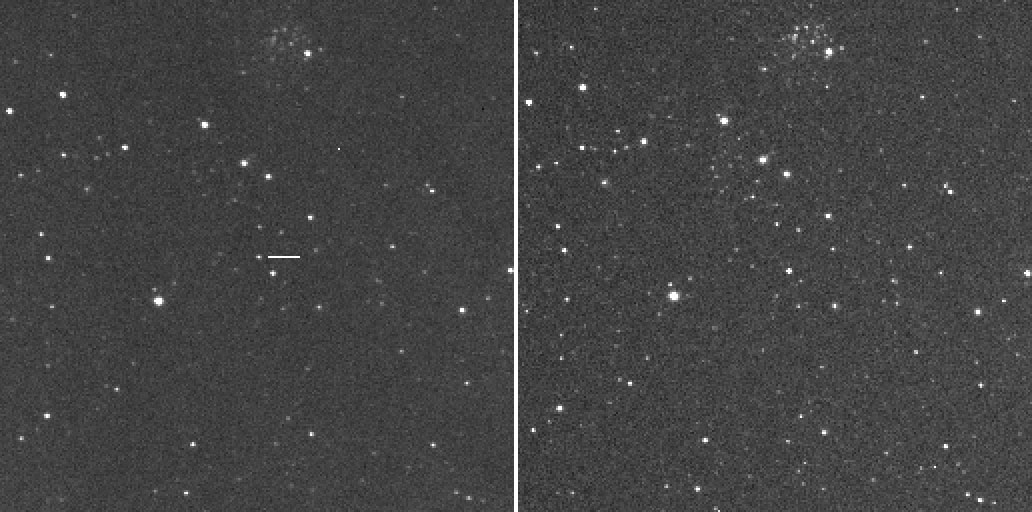Japanese Amateur Astronomer Discovers New Nova in Cassiopeia
| Topics

A new 9.6-magnitude nova has been discovered.
A Japanese amateur astronomer, Yuji Nakamura of Kameyama City, Mie Prefecture, discovered a new object in Cassiopeia at 19 h 10 m, March 18, 2021 (JST) and communicated it to the National Astronomical Observatory of Japan’s window for reports of new astronomical objects.
Spectroscopic follow-up observations conducted with the Seimei Telescope in Okayama Prefecture operated by Kyoto University confirmed at 04 h 40 m, March 19, 2021 (JST) that this outburst was caused by nuclear explosions on the surface of a white dwarf and thus can be classified as a “classical nova.” This observation was carried out only half a day after the discovery, demonstrating fruitful collaboration between amateur astronomers and researchers. Additional observations made abroad show that this object was 9.1 magnitude in the dead of night of March 18 (JST), which indicates that it is possibly in the brightening phase.
Since we cannot predict when and in what direction novae will occur, discoveries by amateur astronomers contribute significantly to our understanding of the phenomena.